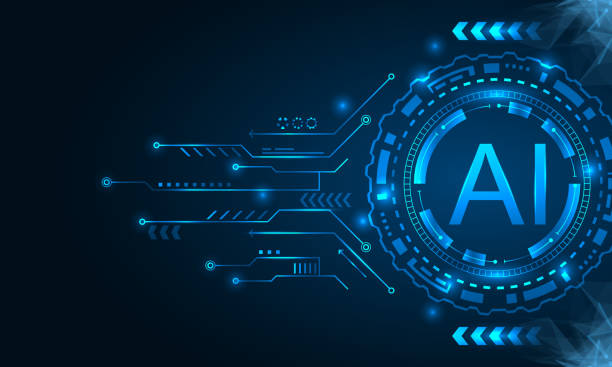What is On-Page SEO and Why Does it Matter?
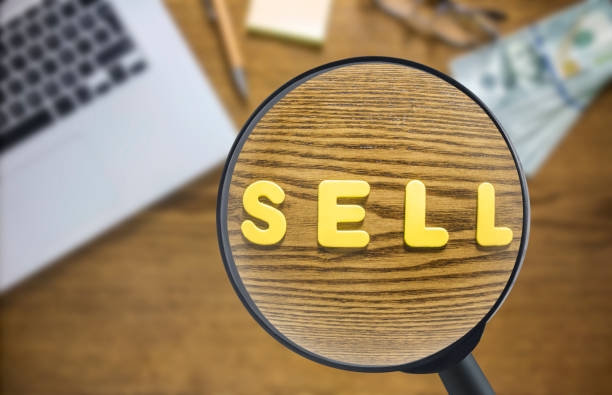
On-Page SEO refers to a set of actions taken within a website to improve its ranking in search engine results.
These actions include optimizing content, site structure, HTML tags, and other internal elements of the site.
The importance of #on_page_seo stems from the fact that it helps search engines better understand the content of the site and recognize its relevance to user searches.
A website with strong on-page SEO has a better chance of achieving higher rankings in search results, which means increased organic traffic, attracting the target audience, and ultimately increasing sales and revenue.
In fact, on-page SEO is a fundamental foundation for any successful SEO strategy.
To better understand on-page SEO, you can refer to [this link](https://www.example.com/what-is-on-page-seo).
A website that correctly adheres to the principles of on-page SEO is not only more attractive to search engines, but also provides a better user experience for visitors.
This improved user experience, in turn, can lead to increased user retention time on the site, reduced bounce rate, and increased conversion rate.
Did you know that a weak corporate website loses you many opportunities every day? Solve this problem forever with professional corporate website design by Rasaweb!
✅ Create a powerful and reliable image of your brand
✅ Attract targeted new customers and increase sales
⚡ [Get a free website design consultation]
Keyword Research and Choosing the Best Ones
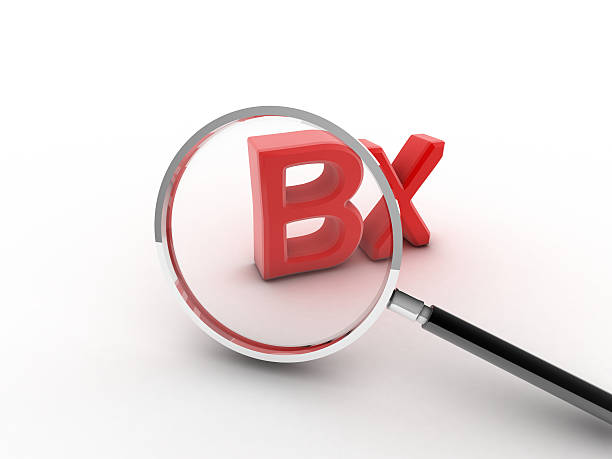
Keyword research is the first and most important step in on-page SEO.
Keywords are the phrases that users use to search for information in search engines.
Choosing the right keywords helps you produce content based on the needs and interests of your target audience and be seen in search results.
To conduct keyword research, you can use various tools such as Google Keyword Planner, Ahrefs, SEMrush, and Moz Keyword Explorer.
These tools help you find keywords related to your business, check their search volume, and evaluate the competition for each keyword.
When choosing keywords, pay attention to the length of the word, its relevance to the site’s content, and the user’s search intent.
Long-tail keywords usually have lower search volumes, but higher conversion rates because they precisely meet the user’s needs.
An on-page SEO strategy should include a combination of main keywords and long-tail keywords to both increase overall site traffic and attract the target audience.
Optimizing Page Title (Title Tag) and Meta Description
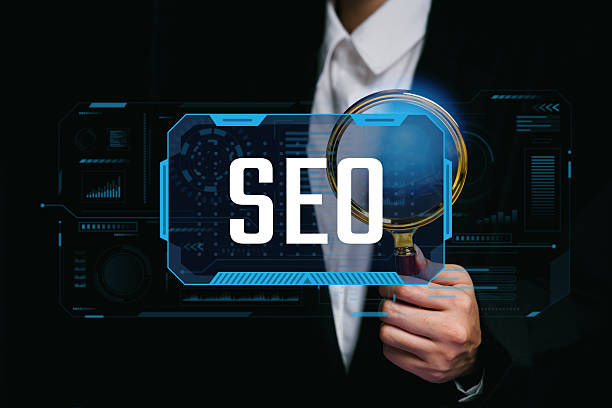
The Title Tag and Meta Description are two important elements in on-page SEO that are displayed in search results.
The Title Tag is the main title of the page that is displayed in the browser tab and in search results.
The Title Tag should be attractive, concise, and include the main keyword of the page.
The length of the Title Tag should not exceed 60 characters to be fully displayed in search results.
The Meta Description is a summary of the page’s content that is displayed below the Title Tag in search results.
The Meta Description should be attractive and compelling and encourage users to click on your site’s link.
The length of the Meta Description should not exceed 160 characters.
Proper optimization of the Title Tag and Meta Description has a significant impact on improving your site’s CTR (click-through rate) in search results.
Using relevant keywords in the Title Tag and Meta Description helps search engines better understand the topic of the page and improve its ranking in search results.
The SEO team should always pay special attention to these two tags, as they play a significant role in understanding the concept of the website.
If you are looking for more information about the impact of these two tags, [this source](https://www.example.com/optimize-title-tags-meta-descriptions) may be helpful.
Optimizing Page Content and Using Keywords

High-quality and relevant content is the heart of on-page SEO.
The page content should be valuable, useful, and engaging for users and answer their questions and needs.
The content should be well organized and use appropriate headings and subheadings to divide the text.
Using keywords in the content helps search engines better understand the topic of the page, but you should avoid using too many keywords (Keyword Stuffing).
Keywords should be used naturally and in relevant text.
For example, you can use keywords in the main title of the page (H1), subheadings (H2, H3, …), the first and last paragraphs of the page, and also in the text of the images.
In addition to the main keywords, use related and synonymous keywords to make your content more diverse and comprehensive.
In general, the goal of content optimization is to provide valuable information to users and gain their satisfaction.
A successful content strategy helps increase the site’s ranking in search results and attract the target audience.
Tired of losing customers due to poor e-commerce site design? With Rasaweb, solve this problem forever!
✅ Increase sales and convert visitor to customer rate
✅ Smooth and attractive user experience for your customers⚡ Get a free consultation
Optimizing Images and Using Alt Text

Images can increase the attractiveness and user engagement with the page, but they must be optimized to also help with on-page SEO.
The size of the images should be small so that the page loading speed does not decrease.
Use appropriate formats such as JPEG, PNG, and WebP for images.
The image file name should be relevant to the content of the image and include keywords.
Alt Text is a short description of the content of the image that is displayed if the image does not load.
The Alt Text should be accurate and descriptive and include relevant keywords.
Alt Text helps search engines understand the content of the images and improve the page’s ranking in image search results.
Optimizing images not only helps improve the site’s on-page SEO, but also improves the user experience.
Using high-quality and relevant images can attract users’ attention and increase their retention time on the site.
| Feature | Description |
|---|---|
| Image Size | Minimum possible size |
| Image Format | JPEG, PNG, WebP |
| File Name | Relevant to content and including keywords |
| Alt Text | Descriptive and including keywords |
Optimizing Page URL and Link Structure
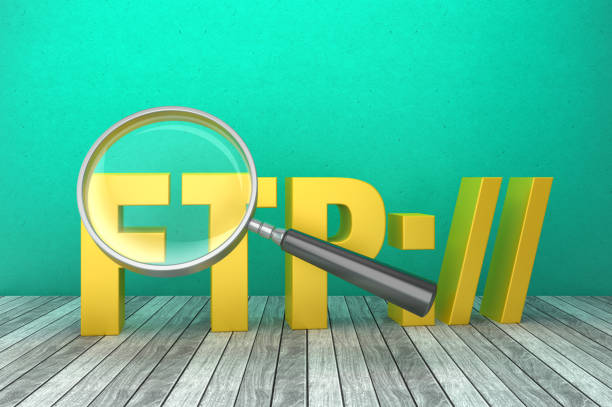
The page address (URL) should be short, descriptive, and include the main keyword of the page.
Avoid using uppercase letters, punctuation marks, and numbers in the URL.
The URL should be easy to read and indicate what the page content is about.
The structure of the site’s internal links should also be optimized.
Internal links are links that connect different pages of the site to each other.
Internal links help search engines better understand the site’s structure and identify more important pages.
Use appropriate Anchor Text for internal links.
The link text should be relevant to the content of the page being linked to.
Internal links should be placed naturally and in relevant text.
The structure of external links should also be optimized.
External links are links that connect your site to other sites.
External links can help increase the credibility and ranking of your site, but you should link to reputable and relevant sites.
Optimizing Page Loading Speed
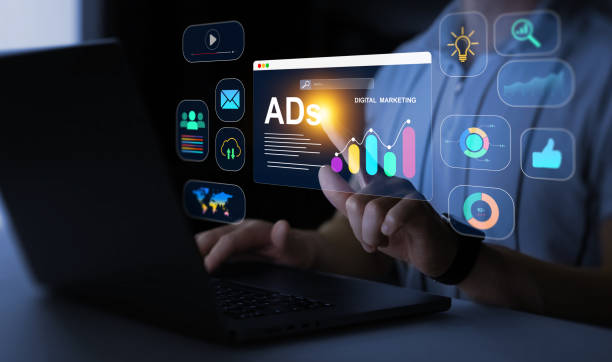
Page loading speed is one of the important factors in on-page SEO and user experience.
Pages that load quickly rank better in search results and attract more users.
To optimize page loading speed, you can use various methods such as compressing images, enabling browser caching, using a CDN (Content Delivery Network), and optimizing HTML and CSS code.
You can use tools like Google PageSpeed Insights and GTmetrix to check page loading speed and identify problems.
Optimizing page loading speed not only helps improve the site’s on-page SEO, but also improves the user experience.
Users who are forced to wait for the page to load are likely to leave the site and visit another site.
A fast and smooth site can gain user satisfaction and increase conversion rates.
To improve website loading speed, click [here](https://www.example.com/speed-up-website).
| Factor | Recommendation |
|---|---|
| Image Size | Optimization and Compression |
| Browser Cache | Activation |
| Content Delivery Network (CDN) | Using a CDN |
| HTML and CSS Code | Optimization and Size Reduction |
Optimizing for Mobile (Mobile-Friendly)

Given the increasing use of mobile devices for searching, optimizing for mobile is one of the essential factors in on-page SEO.
Your website should be optimized for display on mobile devices and display correctly.
You can use Responsive Design to optimize your site for mobile.
Responsive design allows your site to automatically adapt to the screen size of different devices.
In addition to responsive design, you should also optimize the site’s loading speed on mobile devices.
Mobile users expect sites to load quickly, otherwise, they are likely to leave the site.
You can use the Google Mobile-Friendly Test tool to check your site’s compatibility with mobile.
Optimizing for mobile not only helps improve the site’s ranking in search results, but also improves the user experience.
Research shows that 80% of customers trust companies with professional websites more. Does your current site inspire this trust?
With Rasaweb’s corporate website design services, solve the problem of customer distrust and weak online image forever!
✅ Create a professional image and increase customer trust
✅ Attract more sales leads and grow your business
⚡ Get a free consultation
Using Schema Markup

Schema Markup is structured code that helps search engines better understand the content of the page and display relevant information in search results.
Using Schema Markup, you can provide search engines with information such as the title, description, rating, price, and other information related to the content of the page.
Schema Markup can help improve your site’s CTR (click-through rate) in search results and attract more traffic to your site.
To use Schema Markup, you can use the Google Structured Data Markup Helper tool.
Schema Markup is a powerful tool in on-page SEO that can help improve your site’s visibility in search results.
By using Schema Markup, you can provide more accurate information to search engines and encourage users to visit your site.
On-page SEO with the help of Schema Markup helps you to be seen better in search results.
Monitoring and Analyzing Results

After taking on-page SEO measures, you should monitor and analyze the results to evaluate the effectiveness of your strategy and make the necessary improvements.
You can use tools like Google Analytics and Google Search Console to monitor site traffic, keyword ranking, bounce rate, user retention time, and other Key Performance Indicators (KPIs).
By analyzing the data, you can identify the strengths and weaknesses of your on-page SEO strategy and make the necessary improvements.
Constantly update your strategy to keep pace with changes in search engine algorithms and user needs.
Monitoring and analyzing results is an ongoing process that helps you optimize your on-page SEO strategy and achieve the desired results.
Remember that on-page SEO is a dynamic process and requires continuous effort and follow-up.
Frequently Asked Questions
| Question | Answer |
|---|---|
| What is On-page SEO? | On-page SEO refers to the set of actions taken within your website to improve its ranking in search engine results. This includes optimizing content, site structure, and HTML code. |
| Why is On-page SEO important? | On-page SEO helps search engines understand the content of your page and determine whether your content is relevant to searchers or not. It is the foundation of any successful SEO strategy. |
| What are the key elements of on-page SEO? | Page title (Title Tag), Meta Description, use of keywords, image optimization, heading structure (H1, H2, …), internal linking, and content quality are key elements. |
| How to optimize the page title (Title Tag)? | The page title should include the main keyword, be attractive and enticing to click, and its length should be between 50 and 60 characters (or suitable pixels) to be fully displayed in search results. |
| What role does Meta Description play in on-page SEO? | The Meta Description is a summary of the page’s content that is displayed below the title in search results. Although it does not directly affect ranking, it helps SEO by increasing the click-through rate (CTR). |
| What is the importance of using the heading structure (H1, H2, H3) in on-page SEO? | Headings structure the content of the page and make it easier to read. H1 is usually the main title of the page and should include the keyword. H2 and H3 are used to organize subsections and help search engines understand the hierarchy of content. |
| How to use keywords effectively in content? | Keywords should be used naturally and logically throughout the content, including the introduction, body, and conclusion. Avoid over-filling keywords (Keyword Stuffing). |
| What steps does image optimization for on-page SEO include? | Includes compressing images to reduce volume, using descriptive file names, adding appropriate alternative text (Alt Text), and optimizing image title and description. Alt Text is critical for accessibility and helping search engines understand the content of the image. |
| What is Internal Linking and what are its benefits? | Internal linking means creating a link from one page on your website to another page on the same website. This helps users easily navigate your site, distributes page credibility across the site, and helps search engines better understand the structure of your site. |
| What is the importance of content quality in on-page SEO? | High-quality, accurate, comprehensive, and valuable content for users is the cornerstone of on-page SEO. Search engines prefer content that meets the needs of users. Quality content leads to longer user stay time (Dwell Time) and lower bounce rate, which are positive SEO signals. |
And other services of Rasa Web Advertising Agency in the field of advertising
Smart Direct Marketing: An effective tool to attract customers with attractive user interface design.
Smart Linking: A dedicated service to grow user engagement based on key page optimization.
Smart Website Development: A new service to increase website visits through accurate audience targeting.
Smart Reportage: A creative platform to improve customer acquisition by managing Google Ads.
Smart Digital Advertising: A fast and efficient solution for online growth with a focus on proprietary programming.
And more than hundreds of other services in the field of internet advertising, advertising consulting, and organizational solutions
Internet Advertising | Advertising Strategy | Advertising Reportage
Sources
On-Page SEO Guide; Examining 12 Important Techniques
,What is On-Page SEO? Comprehensive On Page SEO Guide in 2024
,What is On-Page SEO? Complete On-Page SEO Guide
,What is On-Page SEO? Complete On-Page Site SEO Training
? To take your business to the top in the digital world, Rasaweb Afarin Digital Marketing Agency, with expertise in SEO, online advertising and user-friendly website design, is with you to have a strong and lasting presence.
📍 Tehran, Mirdamad Street, next to the Central Bank, South Kazerun Alley, Ramin Alley No. 6
“`


